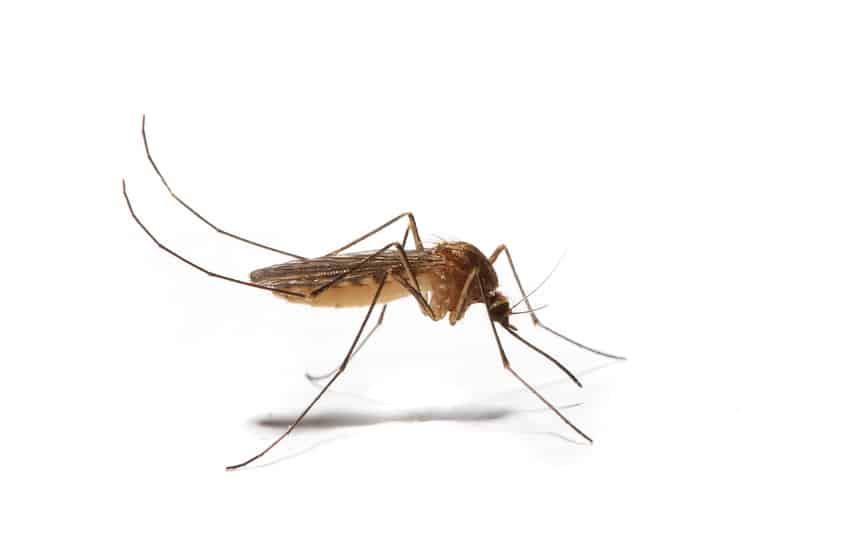Insect repellents
Mosquitoes and other insects are not only a nuisance, but can also transmit diseases such as Lyme disease. Insect repellents help to protect yourself.

Insect repellents: warding off biting insects
Repellents are substances that are applied to the human skin and keep insects away with their specific odour. The exact mode of action has not yet been clarified. On the other hand, insecticides kill insects. The animals can develop resistance to the poisons contained in insecticides. However, the effect of repellents remains. The evolutionary pressure of a genetic change is so low with repellents that the insects do not consider it necessary to adapt.
We basically distinguish between synthetic agents and repellents that are derived from plants or from natural substances. The natural agents are very popular with consumers, but are not very effective and also have a perceptible odour that is unpleasant for humans in the long run.
The active ingredient EBAAP (InsectRepellent 3535, Merck) has proven to be particularly effective and is best used in high doses in insect repellents. EBAAP has an excellent toxicological profile because it is based on an amino acid produced naturally in the body. It is effective against mosquitoes, flies, horseflies, wasps, and ticks. Compared to other substances, EBAAP is particularly skin-friendly and not very aggressive towards plastics.
Insect repellents are especially important in summer and for long-distance journeys
Here in Northern Europe, insect repellents are particularly useful in summer, especially in the evening hours. When travelling to tropical countries, repellents are particularly important. This is because, apart from chemical drug prophylaxis, they are the only precautions that protect against diseases such as malaria. To ensure this protection, anti-mosquito sprays should be reapplied every two hours. Mild emulsion preparations are available for the face.
If we can support you in developing insect repellents, please do not hesitate to contact us!
In this table you can see examples of stinging/biting insects and the diseases communicated by them.
| Biting insect | disease |
|---|---|
| Anopheles | Malaria |
| Aedes (mainly species aegypti) | Yellow fever Dengue fever Chikungunya |
| Culex | West Nile virus |
| Tsetse fly | Sleeping sickness |
| Sandfly | Leishmaniasis |
| Lyme | borreliosis TBE |
| Flea | Plague |
Further information on the subject of insect protection:
WACKER Cyclodextrins for Insect Repellents public
Literature
The fabrication and assessment of mosquito repellent cream for outdoor protection.
Hazarika H, Krishnatreyya H, Tyagi V, Islam J, Gogoi N, Goyary D, Chattopadhyay P, Zaman K.Sci Rep. 2022 Feb 9;12(1):2180
Mosquito Repellents: Efficacy Tests of Commercial Skin-Applied Products in China.
Peng ZY, He MZ, Zhou LY, Wu XY, Wang LM, Li N, Deng SQ.Molecules. 2022 Aug 28;27(17):5534
Iovinella I, Caputo B, Cobre P, Manica M, Mandoli A, Dani FR.Pest Manag Sci. 2022 Dec;78(12):5106-5112
DEET and other repellents are inhibitors of mosquito odorant receptors for oviposition attractants.
Xu P, Zeng F, Bedoukian RH, Leal WS.Insect Biochem Mol Biol. 2019 Oct;113:103224
Ticks home in on body heat: A new understanding of Haller's organ and repellent action.
Carr AL, Salgado VL.PLoS One. 2019 Aug 23;14(8):e0221659.